Play God | Venezia
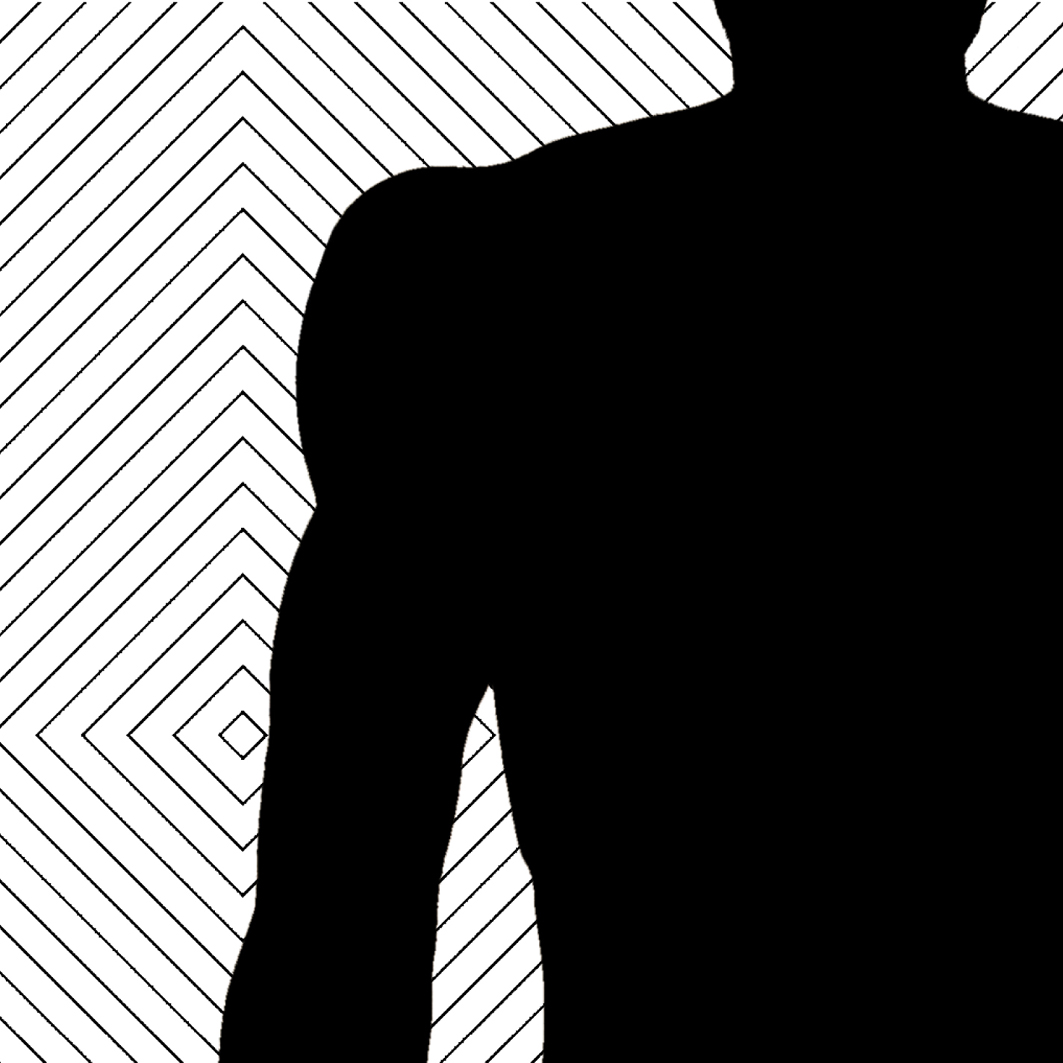
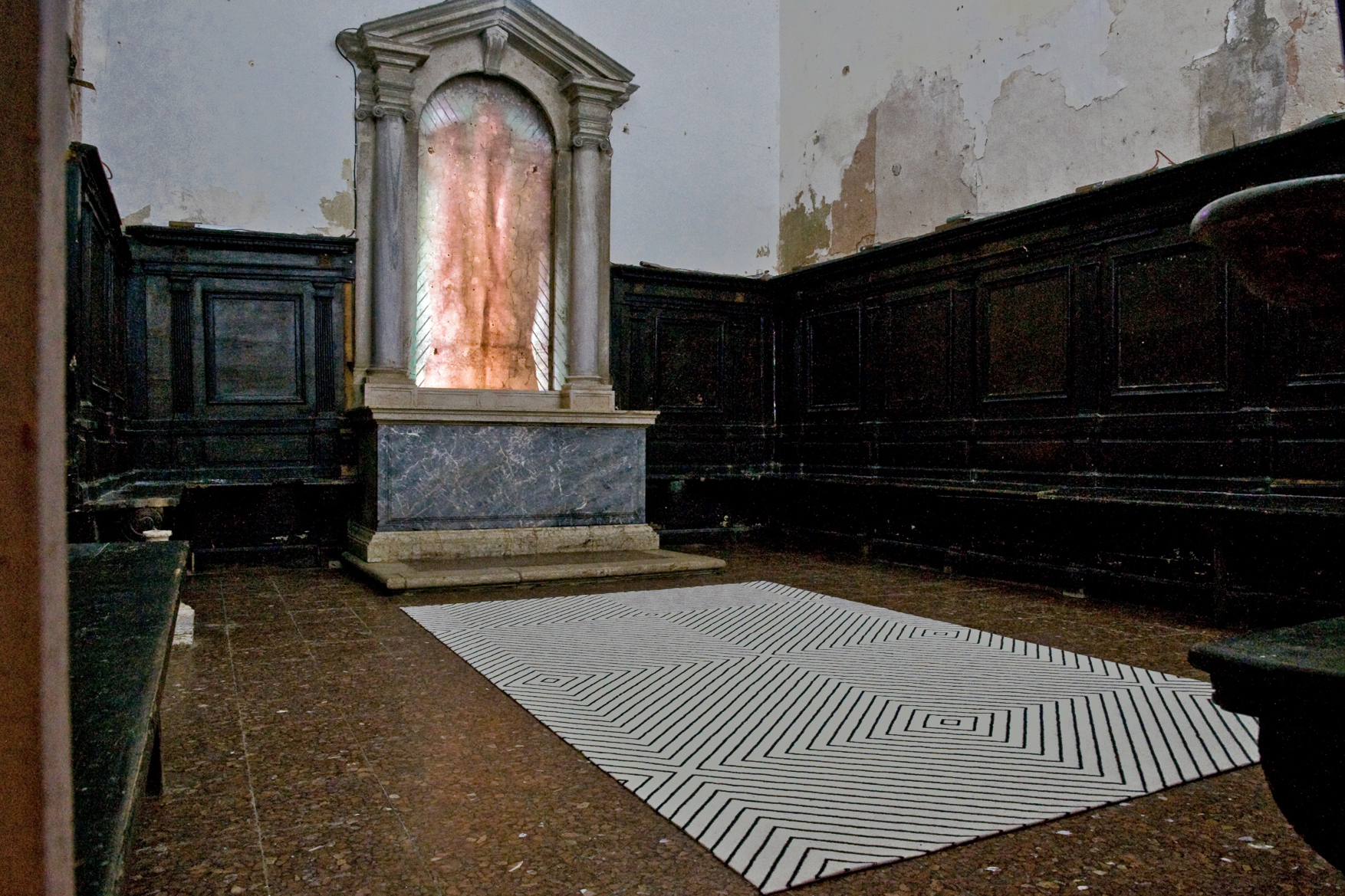
PLAY GOD
April 29 - June 08, 2014 | multimedia installation | Nuova Icona, Oratorio San Ludovico, Venezia
Curated by Vittorio Urbani, Elisa Genna
Sound by Francesco Gibaldi - Video production by Emanuele Basso
PLAY GOD is a site-specific installation by Andrea Morucchio that transforms the Oratorio San Ludovico into an environment of perceptual and symbolic intensity. Comprising two video projections, a sound composition, a patterned carpet, and an ambient fragrance, the work immerses the viewer in a sensorial and conceptual field where vision, sound, and scent operate in a state of continuous reciprocity. Within the dim, contemplative space of the Oratorio, two identical projections face each other—one within the altarpiece, the other on the opposite wall—creating what the curators describe as “two poles of attraction” between which the spectator becomes the point of balance. On screen, the artist’s naked back, seen from nape to pelvis, moves rhythmically back and forth. The gesture, endlessly repeated, evokes both a meditative exercise and a source of vital energy. This cyclical motion resonates with the minimalist black-and-white geometric background, derived from Frank Stella’s Black Series (1967), whose rational order contrasts yet harmonizes with the organic rhythm of the human body.
Between these poles, the other elements—sound, scent, and carpet—“gravitate,” establishing a network of correspondences that blur the boundaries between origin and reflection: “what comes first,” Urbani and Genna ask, “the carpet or its image? sound or movement? fragrance or perception?” The carpet, printed with the same geometric motif as the video, bridges the altar and its mirrored image, translating visual rhythm into tactile presence. The sound composition by Francesco Gibaldi, produced through wind instruments using circular breathing, sustains an uninterrupted fluxus of air—a continuous, breath-like flow that echoes the artist’s repetitive motion and reinforces the work’s meditative structure. A final sensory layer—the fragrance of bay leaf (Laurus nobilis)—pervades the space. Chosen for its ancient symbolic resonance, the bay leaf recalls the sacred rituals of Greece and Rome, where it sanctified poets and emperors. Here it functions as both an aromatic invocation and an emblem of purification, endowing the installation with a subtle liturgical aura.
The work unfolds according to a precise temporal and symbolic rhythm: six minutes of sound followed by one minute of silence, projected in loop—mirroring the carpet’s own proportions of six-centimeter intervals and one-centimeter lines. “Seven,” note the curators, “is the perfect number for mystics.” This measured alternation of presence and absence, sound and stillness, body and abstraction, transforms the Oratorio into a contemporary meditation on ritual, repetition, and transcendence. Morucchio’s use of binary logic—black and white, sound and silence, matter and spirit—reveals his long-standing engagement with duality and circularity. The installation becomes a site where opposites are not reconciled but held in tension, generating a dynamic equilibrium akin to prayer. As Urbani and Genna observe, sacred spaces are “places where communication between this world and the other world is possible,” and PLAY GOD fully inhabits this threshold. Ultimately,PLAY GOD is a meditation on the artist’s own practice as a form of ritualized presence. The carpet’s design, originally woven in a Tibetan refugee workshop in Nepal and used by Morucchio as a meditation mat in his home, anchors the work in both personal and spiritual experience. Through its interplay of geometry, repetition, and embodied gesture, Play God reflects on the nature of creation itself—on the human impulse to “play god” through acts of making, ordering, and transforming the sensorial world into a space of reflection and transcendence.
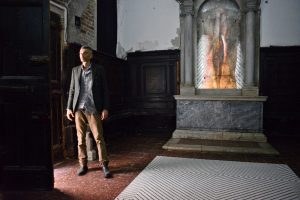
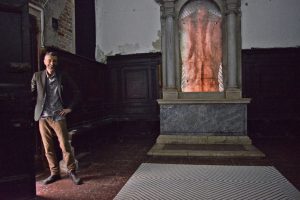
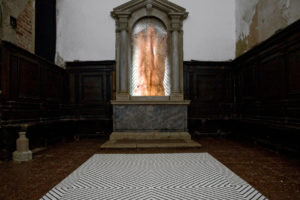
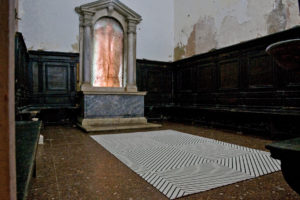
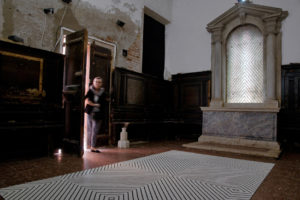
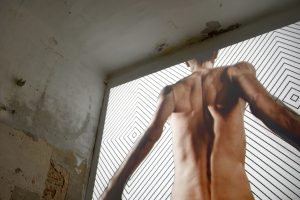
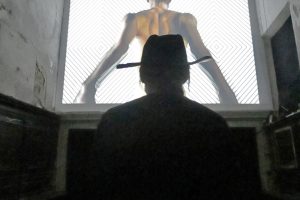
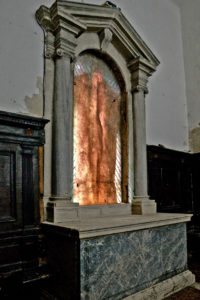
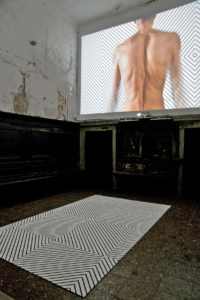
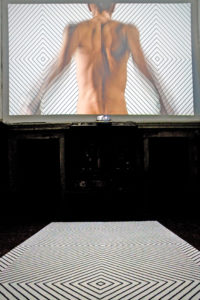
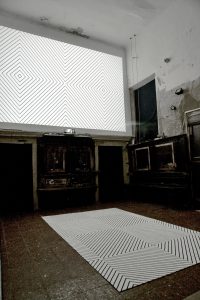
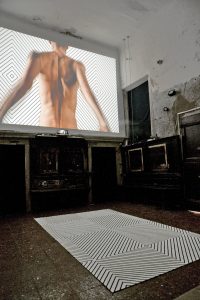
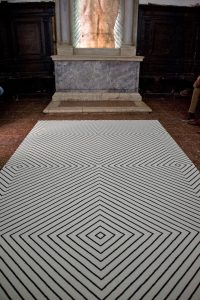
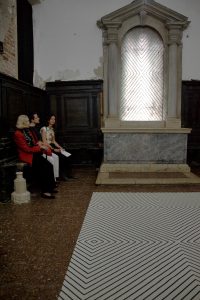
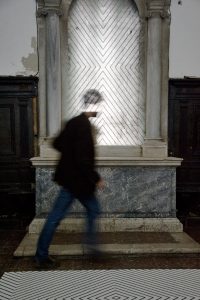
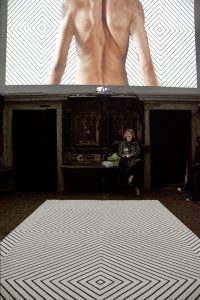
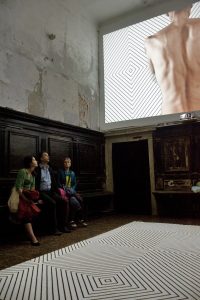
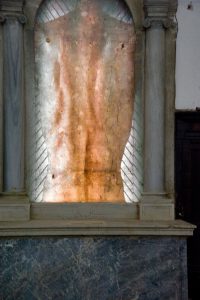
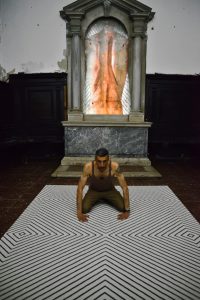
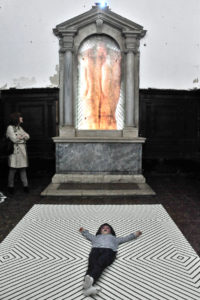
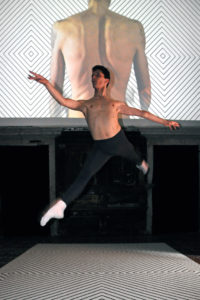
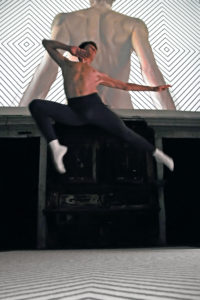
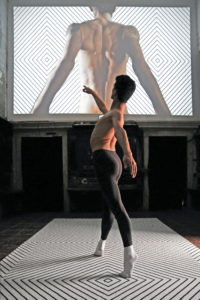
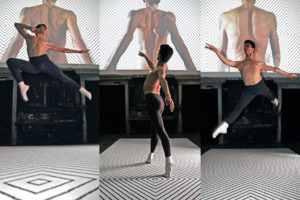
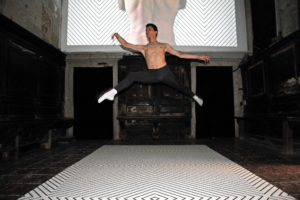
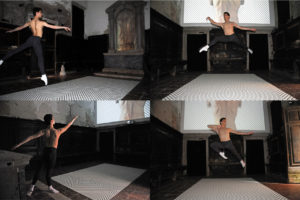
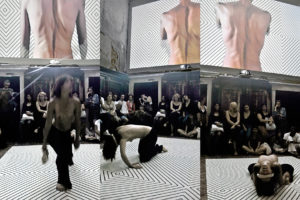
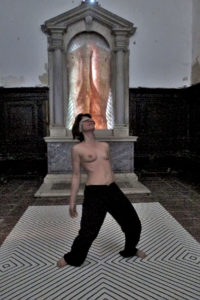
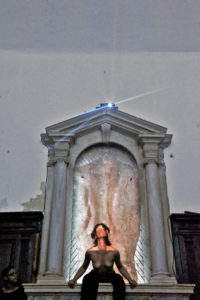
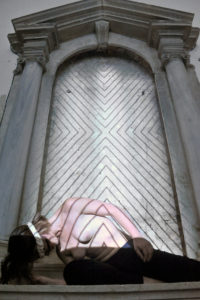
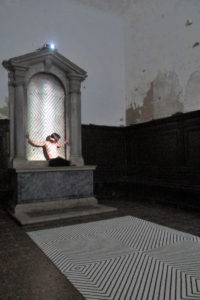
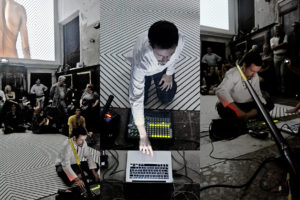
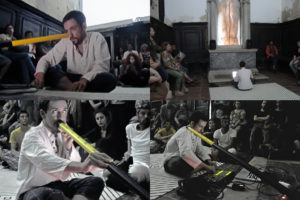
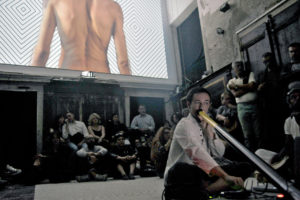
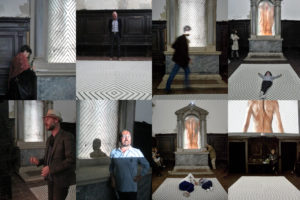
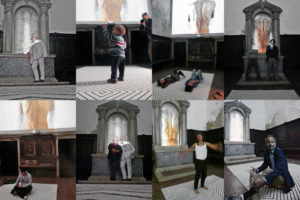
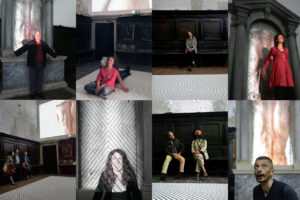
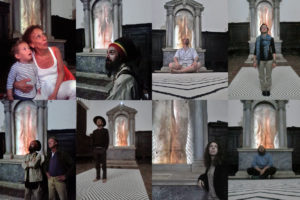
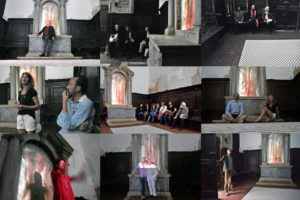
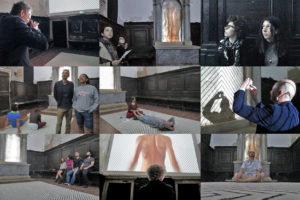
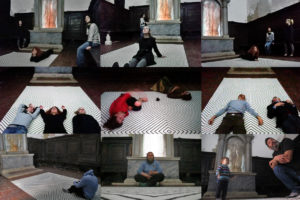
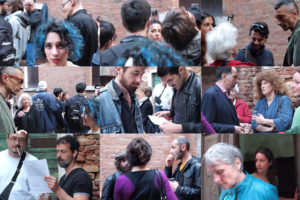
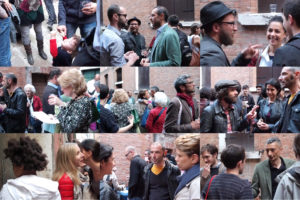
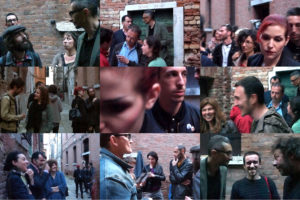
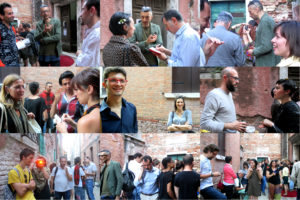
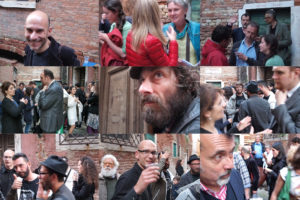
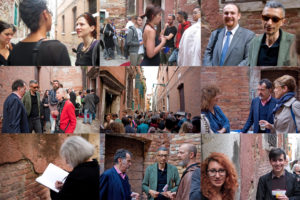
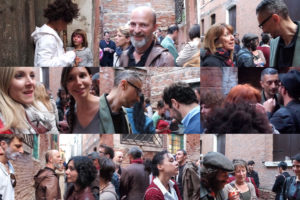
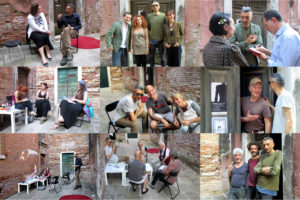
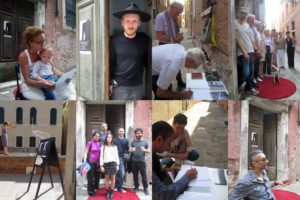
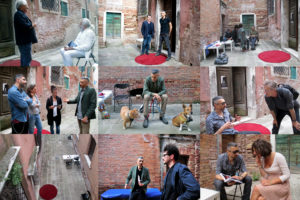
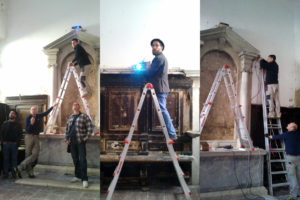
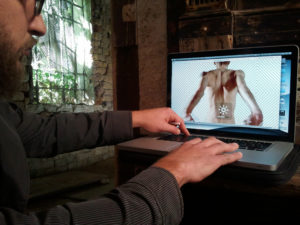
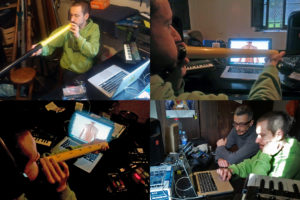
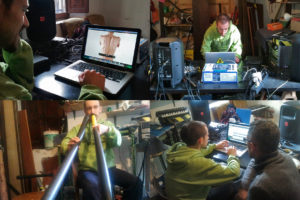
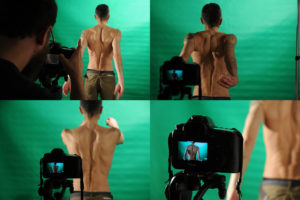
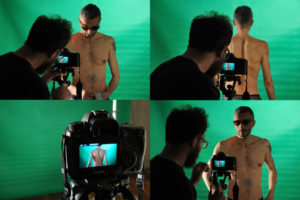
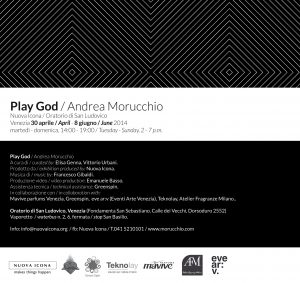
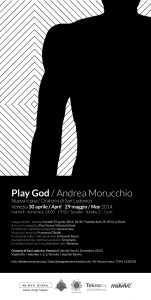
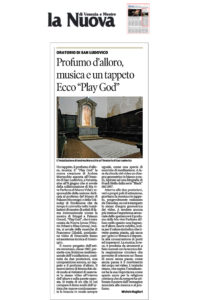
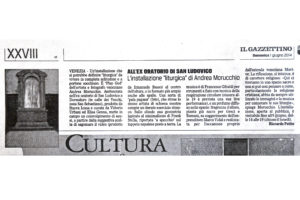
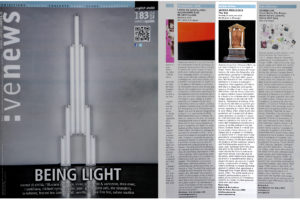
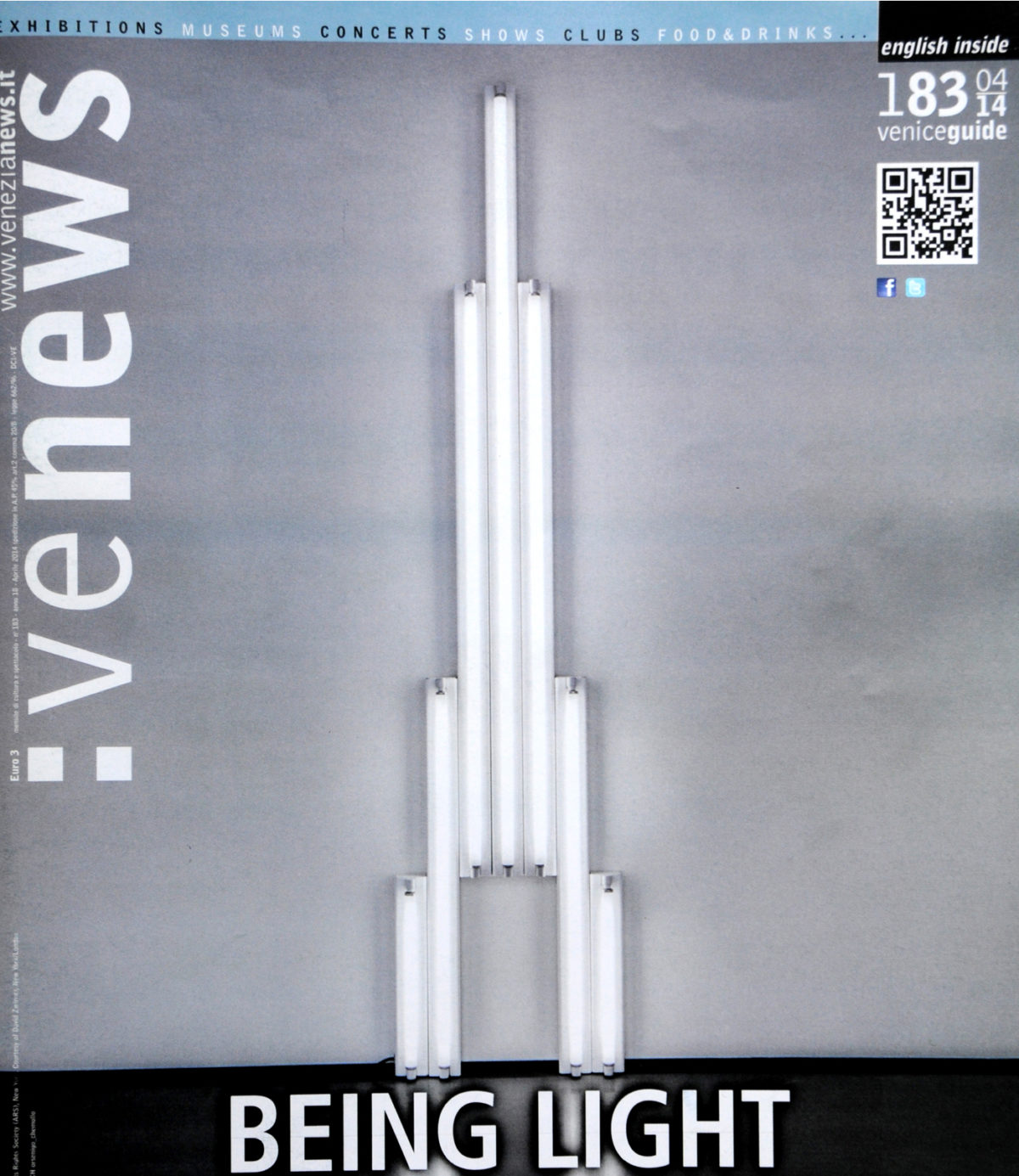 :venews | 2014
:venews | 2014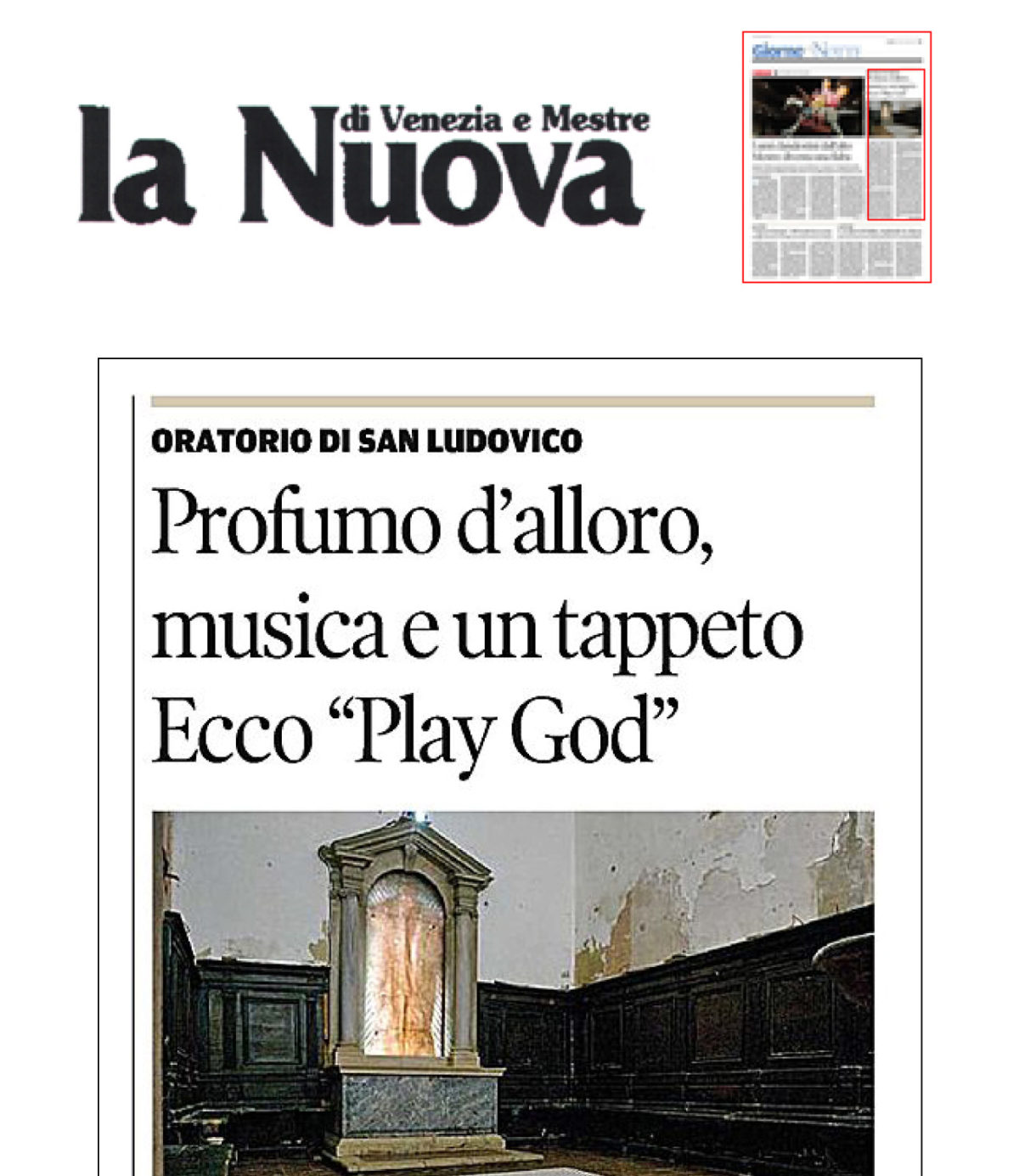 La Nuova Ve 22.05.2014
La Nuova Ve 22.05.2014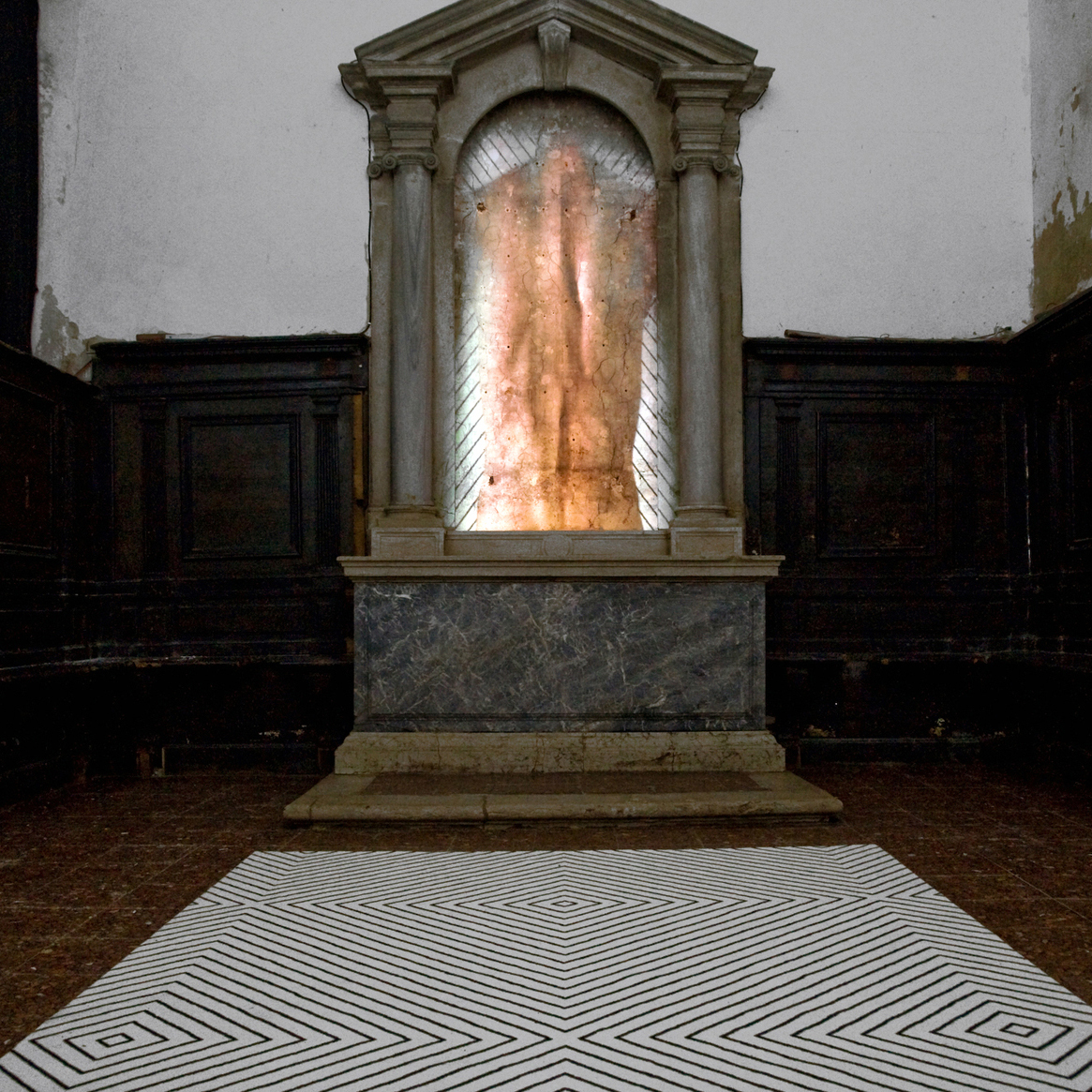 “Play God”, critic text by Vittorio Urbani & Elisa Genna, 2014, eng
“Play God”, critic text by Vittorio Urbani & Elisa Genna, 2014, eng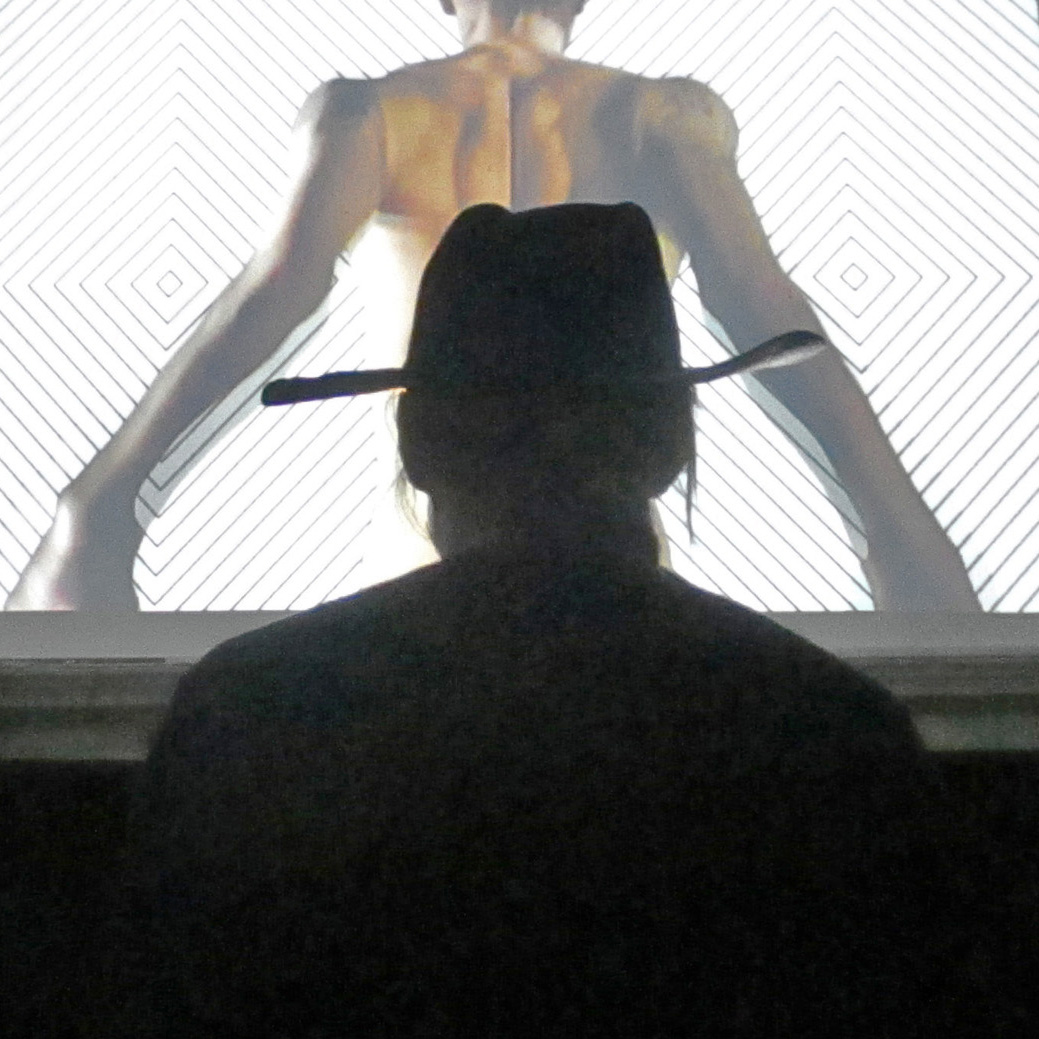 “Play God”, testo critico di Vittorio Urbani, Elisa Genna, 2014, ita
“Play God”, testo critico di Vittorio Urbani, Elisa Genna, 2014, ita